Units of Study
In ARTS ACHIEVE, teachers began with a pre-assessment of their students during the first weeks of school, which was further illuminated by data from the arts performance assessments. With guidance and support, teachers engaged in a process of Inquiry and Action Research using a shared planning template, and then created a Unit Plan to address their students’ learning gaps. This planning consisted of the following steps:
- Formulate a hypothesis as an Inquiry Question: Will X instructional and formative assessment strategy improve my students’ ability to Y?
- Construct an Action Plan: a summary of the way the strategies would be used in the classroom.
- Plan their units of study, scaffolding the content, so that each unit of study across the year reinforced prior learning in previous units.
Student responses captured by formative assessment prompted teachers to continually revise their unit plans to better address their students’ needs. The degree of effectiveness of their Action Plan would be evident in their students’ performance on the spring arts performance assessment.
Teachers’ goals for their students included both general educational outcomes – such as displaying self-initiative, valuing evidence, justifying opinions, working reflectively, and collaborating – and arts-specific outcomes based on the data, such as improving an arts skill, enhancing creative invention, knowing and using elements and principles of art, analyzing art, recognizing and using arts notation, and refining English language skills for discussing art verbally and in writing.
Below, you can view samples of these units for Dance, Music, Theater, or Visual Arts at Elementary, Middle, and High School levels.
DANCE
- Elementary: Tales in Motion
- In this choreography lesson, students examined spatial relationships, movement qualities, and ways to embody characters through signature gestures. They then choreographed their own versions of two iconic fairy tales.
- Middle School: Storytelling Through Dance
- In this unit, students analyzed and interpreted an Egyptian myth, The Journey of Ré, and then choreographed each of that story’s twelve hours.
- High School: Choreography on Social Injustice in the Style of a Famous Choreographer
- Students were divided into groups and assigned a contemporary choreographer whose style they later described, analyzed, and emulated. In this unit, students made connections with the social and cultural elements of dance.
MUSIC
- Elementary: Written Reflection of Music Compositions
- In this writing unit, students were exposed to ways of listening to and describing pieces of music in writing, using appropriate terminology.
- Middle School: Music Composition: What Makes a Good Melody?
- In this composition unit, students explored the components of melody and composed their own. Students first experience composition within a structured framework of limited pitches and rhythms. They assess and revise their work. As the melodies evolve, students are introduced to advanced concepts.
- High School: How Do Musicians Think and Speak About Mood in Music They Perform and Listen To?
- In this writing unit, students used evidence to support their evaluation of mood in recorded masterworks. Students listened to music and listed adjectives that they associated with the mood of the piece, referencing specific aspects of the performance as evidence.
THEATER
- Elementary: Physicality in Performance
- In this playmaking unit, students created characters and scenes based on major events in the Civil Rights Struggle. Students engaged in a process of peer feedback that integrated technology to assess and revise small group scene work.
- Middle School: Playwriting
- This playwriting unit is focused on creating original monologues and scenes focused on the social issues of peer mistreatment and bullying. Students identify a personal area of interest within the theme being explored and engage in research that will inform their acting and writing processes. Students then improvise scenes and develop narratives around the common theme of bullying.
- High School: Costume Creation and Interpretation
- This design unit focuses on costume analysis and creation. Students work in groups and independently to communicate various aspects of a character's reality on stage. They engage in peer and self-assessment processes that support the transfer of verbal responses to a written format.
VISUAL ART
- Elementary: Shading and Value
- In this drawing unit, students explored the use of shading to create the illusion of 3-dimensionality. Students explored shading by drawing spheres, then creating still-life drawings of fruit. Finally, they applied their learning to large-scale landscape drawings.
- Middle School: Expressive Portraiture
- In this drawing unit, students learned how to capture expressive qualities in their artwork by creating self-portraits. Students identified expressive shapes in the human face and explored the expressive capabilities of color using oil pastels.
- High School: Creating Clay Sculptures with Wire Armatures
- In this sculpting unit, students made clay animal sculptures over wire armature supports. Throughout this process, they learned to observe details and relationships and to investigate a subject as a basis for art making.






